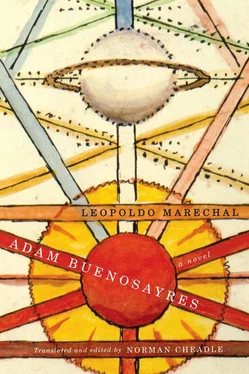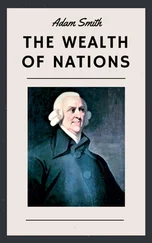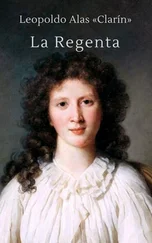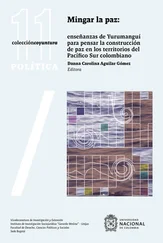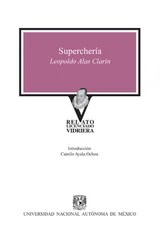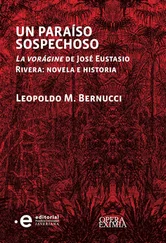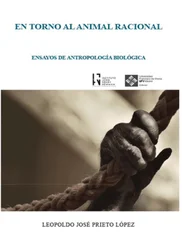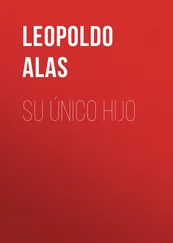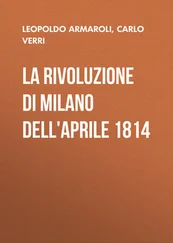bandoneón — musical instrument like a small accordion, typically used for tango music.
bombilla — a short metallic tube used as a straw to drink the mate infusion from the mate (gourd). The lower end is fitted with a sieve to prevent the mate leaves being drawn in.
café con leche — coffee with milk.
caften — pimp.
camoatí (Guarani, “wasp”) — a kind of wasp found in the river valleys of the Paraná, the Paraguay, and the Uruguay.
caña quemada — caña is liquor made from cane sugar; caña quemada is from burnt sugar.
carcelera (< cárcel , “jail”) — an old flamenco song-form whose lyrics sing the tribulations of life in Andalusian jails.
chajá — bird native to north and eastern Argentina; crested screamer.
che! — informal interjection that adds emphasis to a statement, whose meaning changes according to the context: hey!; come on!; brrr!; phew!; etc.
china (< Quechua, “female”) — in gaucho language, an affectionate term for girl or woman; in other social contexts, pejorative for girlfriend or mistress.
chiripá (< Quechua) — a kind of blanket that gauchos wore over their pants, which they passed between the legs and wrapped around the waist.
chorizo — seasoned pork sausage.
churros y chocolate — fritters and hot chocolate. Roughly, the cultural equivalent of coffee and doughnuts.
ciruja — garbage-picker; down-and-outer, tramp.
comadre — godmother; in colloquial usage, friend and neighbour.
compadre — in standard Spanish, the godfather of one’s child. On being absorbed into the city, the gauchos living on the outskirts called one another compadre in a friendly way. Later, the term came to designate a braggart and brawler, a tough-guy.
compadrito (dim. of compadre ) — young man who imitates the compadres ; well-dressed tough-guy, dude, dandy, pretty-boy.
confitería — originally, a cake shop; in Argentina, a tearoom or café.
conventillo — boardinghouse where poor immigrants lived, usually in overcrowded squalor.
criollo — in colonial times, Spanish colonials born in the Americas; after Independence, their modern-day descendants; native-born Argentines.
dientudo (“big-toothed,” “toothy”) — a voracious fish of the Oligarsarcus species, native to the River Plate region.
dorado — a long spindle-shaped fish with a large mouth, indigenous to the Paraná River.
facón — a large knife with a straight blade ending in a point, used by gauchos for butchering cattle, but also as a weapon, especially in duels.
franelero (argot) — someone who goes to the brothel to hang out, drink, and converse, without paying for sexual services. In early twentieth-century Buenos Aires, large numbers of lonely men had no other social life than the café or the brothel.
gallego — a native of Galicia, the northwestern province of Spain. Gallegos were the most numerous contingent of Spanish immigration in the nineteenth and twentieth centuries. In Argentina, the gallego was stereotyped as hardworking and honest, but gullible and unsophisticated.
gringo — foreigner, usually referring to the very numerous Italian immigrants.
linyera — in late-nineteenth and early twentieth-century Argentina, a poor itinerant farm labourer (usually Italian); by extension, tramp or hobo.
malambo — a folk dance in northern Argentina, executed by single men who compete in footwork.
malevo (< abrev. of malevolente , “malevolent”) — bad guy, bully, thug.
malón (< Mapuche) — an attack by group of aboriginals on white settlers.
mate (< Quechua mati , “little gourd”) — (1) the gourd in which the tea-like infusion yerba mate is prepared and then drunk; (2) the drink itself.
mazamorra — a traditional Argentine dish made of corn mashed and boiled in water.
milonga — a popular dancehall or party where people dance tango.
nene — literally, a small boy; in Buenos Aires argot, by antiphrasis, a fearsome tough-guy.
padrinos (plural of padrino , “godfather”) — in rural Argentina, horsemen who assist the horsebreaker.
pampero — a wind that blows across the pampa or plain in Argentina that brings fine weather.
paraíso (“paradise”) — bead-tree.
parrillada (< parrilla , “grill”) — barbecue; an assortment of cuts of beef, including internal organs, from the grill.
payar (verb) — to improvise verses in counterpoint with another in a kind of poetic duel.
payador — gaucho troubadour; popular country-style singer.
pesado (“heavy”) — a man who acts tough and walks with a swagger.
pompier (French, “fireman”) — a codeword coined by the French avant-garde to denote vulgar, emphatic, or pompous conventionality in art; the 1920s Buenos Aires avant-garde used it pejoratively against the preceding generation of poets and artists.
porteño (adj. or noun) — refers to a person or thing from the port city; that is, Buenos Aires.
pulpería — an all-purpose general store / liquor store / pub, prevalent in rural Argentina and elsewhere in Spanish America until the early twentieth century.
puna (< Quechua) — a high Andean plateau.
ranchera (< rancho , a rural hut of mud and straw with a peaked roof) — in Argentina, the ranchera is a dance and song form, in 3/4 time, dating from the late nineteenth century in the outskirts of Buenos Aires.
sainete — a theatrical genre, usually a one-act comic or melodramatic sketch, very popular in early twentieth-century Buenos Aires.
taita (< tata “Dad”) — a gaucho term, then suburban argot: a man respected for his courage and audacity, especially in knife fights.
tertulia — a group gathered in a café or private salon for informal discussion.
tano — slightly pejorative term for Italian immigrant.
truco — a traditional Argentine card game played with a Spanish deck in which three cards are dealt to each player; the points won by betting are added together with the points won in each hand.
tuna — a group of strolling student musicians, in a Spanish university tradition dating from the seventeenth and eighteenth centuries.
vizcacha — a large rodent with a tough hide which lives in underground colonies on the pampa; considered a pest by country folk.
yerba (mate) — see mate
zaguán — in Hispanic architecture, a kind of vestibule serving as an intermediary space between the street door and the interior of a building or house.
INTRODUCTION
1 Marechal, poet and playwright, wrote only three novels. Adán , his chef d’oeuvre , was his first; it was followed by El Banquete de Severo Arcángelo (1965) [Severo Arcángelo’s Banquet] and the posthumously published Megafón, o la guerra (1970) [Megafón, or War]. A comprehensive biography of Leopoldo Marechal (1900–1970) has yet to be written. The most complete chronology of his life, compiled by María de los Ángeles Marechal, is available at the website of the Fundación Leopoldo Marechal http://www.marechal.org.ar/Vida/Vida/cronologia.html (English version accessible).
Читать дальше
